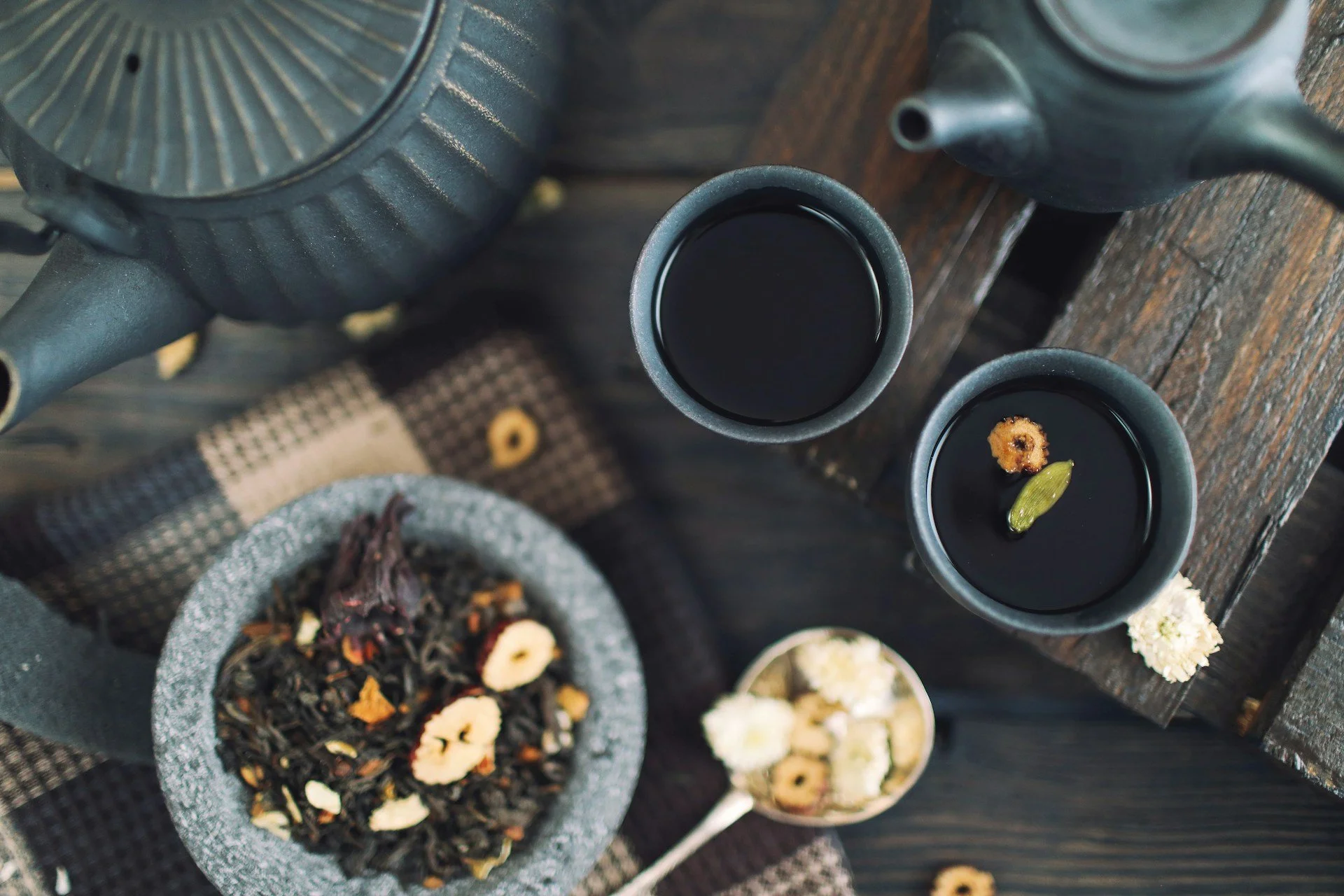What Is Traditional Chinese Medicine, Really?
A Gentle Start To Understanding A System That Sees You As Whole.
This post is part 1 of a 6-part series: TCM Basics
Explore the foundations of Traditional Chinese Medicine—nature-based, people-rooted, and relevant for everyday life. Posts in this series:
What Is Traditional Chinese Medicine, Really? (you are here)
The 7- and 8-Year Cycles of Life: Growing, Changing, Aging Gracefully
This post reintroduces TCM as a living, breathing system of care—not a relic or trend. Rooted in nature and rhythm, it sees health as a balance of relationships: between organs, emotions, your environment, and time. We cover foundational ideas like Yin and Yang, Qi and Blood, the Five Elements, and how TCM views dis-ease as a sign of imbalance, not brokenness.Explore the foundations of Traditional Chinese Medicine—nature-based, people-rooted, and relevant for everyday life.
Beyond the Stereotypes: A Closer Look at TCM
Traditional Chinese Medicine (TCM) is often misunderstood—written off as “woo-woo,” mistaken as just acupuncture, or treated like a mysterious relic from the past. But in reality, it’s one of the oldest continually practiced medical systems in the world—and it’s still very much alive.
Many TCM practices have been adapted (or, let’s be honest, appropriated) by modern health trends. Critics may claim it's all anecdotal or lacks research, but the outcomes speak for themselves. Often, the studies do exist—they're just not widely circulated. And even more often, the modern research model simply doesn’t fit a medicine designed around personalized care, observation, and pattern recognition.
TCM sees health as a dynamic balance, shaped by the rhythms of nature and the relationships within and around us. It’s holistic in the truest sense—it doesn’t treat symptoms in isolation, but looks at how your body, mind, emotions, and environment are woven together.
Rooted in Nature and Rhythm
At the heart of TCM is a simple but profound idea: we are part of nature, not separate from it. Just like seasons shift, rivers flow, and forests grow, we move through cycles—daily, monthly, yearly, and across the arc of a life.
These cycles show up in many interconnected ways:
Yin and Yang: the dance of opposites—day and night, rest and activity, holding and letting go
Qi, Blood, Body Fluids, and Essence: vital functions, driving forces, and the nourishment that supports us daily
The Five Elements: Earth, Metal, Water, Wood, and Fire—each tied to a season, an emotional tone, and patterns of illness and wellness
Organ systems: with physical, emotional, and spiritual roles
Time-based flows: like the 24-hour organ clock and the 7- and 8-year life cycles
This is a medicine of relationships: between organs and emotions, between your body and the seasons, between inner rhythms and outer life.
A People's Medicine
One of the most beautiful truths about TCM? It was never meant to be elite. This is a People’s Medicine—developed for farmers, labourers, and everyday folks.
Although it's called “Chinese” Medicine, similar systems have deep roots in Korean and Japanese cultures as well. It has long been part of East Asian life—woven into kitchens, gardens, families, and daily rituals—not just reserved for hospitals or high temples.
It’s a practical medicine, built on careful observation and intuitive pattern recognition.
It asks simple but meaningful questions:
– Is your digestion sluggish?
– Are your thoughts scattered?
– Are your limbs cold or heavy?
These are signs that may not show up in lab results, but from a TCM perspective, they’re meaningful. When we zoom out and look through a macro lens, we start to understand what your system truly needs to return to harmony.
Disease or Dis-ease?
In Chinese Medicine, we don’t label things as "good" or "bad." We ask:
What’s out of balance? And how can we help the body come back into balance?
Rather than suppressing symptoms or forcing outcomes, TCM gently investigates why the symptoms are there in the first place. We trace the thread backward, then offer the body what it needs to reorient and return.
If something is in excess, we help the body release it.
If something is deficient, we nourish and restore it.
It's not about controlling—it’s about partnering with the body’s natural wisdom.
Still Relevant, Still Evolving
You don’t need to live in ancient China to benefit from TCM. Its core tools are more relevant now than ever:
Re-establishing rhythm in an overstimulated world
Supporting digestion in a time of processed foods and screen time
Rebalancing hormones, sleep, and stress
Making space for emotional wellness, not just physical wellness
While the world moves at light speed, our bodies (and our DNA) still carry ancient wisdom—coded for a time when we rose with the sun and rested with the stars. TCM invites us to honour that part of ourselves.
You don’t have to “believe in it” for it to work. TCM isn’t magic—it’s a deeply thoughtful medicine shaped by millennia of human experience.
In our next post, we’ll explore Yin and Yang—not just as a trendy symbol on tote bags, but as a profound way of understanding how life moves, balances, and transforms.
